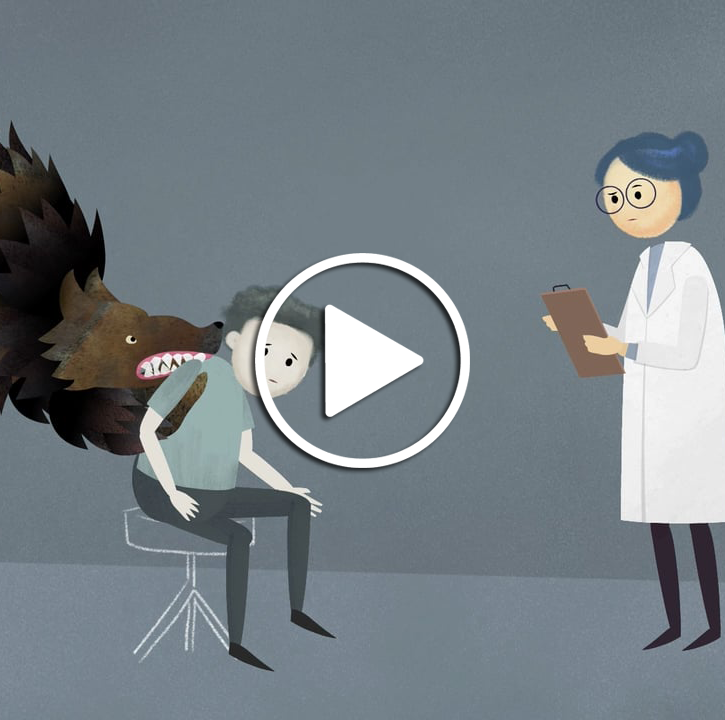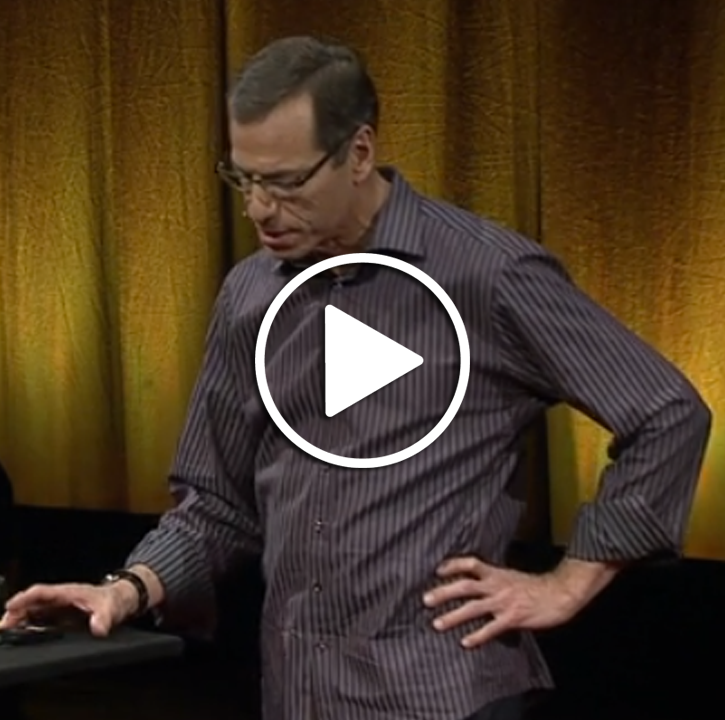Resources for learning about pain
Tame the beast – Its’ time to rethink persistent pain – Prof Lorimer Moseley
Great 5 min animation on pain from a leading pain scientist
Back pain – separating fact from fiction – Prof Peter O’Sullivan
Your back is strong is the powerful message to emerge from the latest science.
Pain – Themes from the book
In this interview Steve Haines, author of Pain is Really Strange, discusses the topic of pain, he explains the reasons behind his choice to write a book about it using the graphic medium and tells us what people can do to manage pain.
Why do a book on pain?
There’s an awful lot of pain around. There was a huge survey done in Europe: 1 in 5 people experience chronic pain. They have persistent or severe pain for more than six months. For many of them, the median time was a number of years.
People manage large amounts of pain. Pain is a universal human experience; everybody knows what pain is.
The really exciting news is that there is a revolution in how we understand pain. The goal of the book is to try and explain that. How pain works is actually a little bit counterintuitive, a little bit strange. Some of the things that people think cause pain actually turn out to be not quite as central as folklore would have it.
Why do a graphic book on pain?
Education is a central tool in changing pain. The goal of using images it to make it light and really accessible. A good image can communicate an argument and idea very quickly. The book emerged from lots of lectures and talks I’ve given over the years. I have been endlessly trying to find creative ways of explaining how pain works to my clients and students.
I was incredibly lucky to meet Sophie Standing. I have really enjoyed how she’s visualized the work. She surprised me sometimes about how she took an idea that I’d been familiar with for a number of years and just showed it in a very different way.
I think that graphic novels can be very powerful tools. Pain Is Really Strange is short and sweet, 36 pages, but there’s an awful lot of information packed into the book. The images try and really crystallize ideas into something simple.
Who is the book aimed at?
The book is for everybody. Everybody experiences pain, and I think everybody can learn from the new science. The current research can really help us change our idea and experience of what pain is, even really difficult chronic pain.
I would offer that everybody should be able to stand, walk, sit, and sleep, without issues. You might not be able to run a marathon anymore, and you might not have the best tennis serve that you had when you were in your 20s, but ordinary movements of sitting, standing, walking, lifting your shopping; it’s actually often possible to get people to a place where they can do those everyday functions with ease reasonably quickly. That makes a huge change in happiness and vitality
What is the central message of the book?
There is something that you can do to change your pain experience. There’s always a change in behaviour, a change in how you think, feel, move that can be used to creatively stimulate your brain to do something different.
The really central message is: think of pain as a bad habit or an alarm system that has gone wrong. Short-term it was very useful, but long-term chronic pain serves very little purpose. We can unlearn the pain habit. We can train our nervous system to respond differently to the information that’s coming in.
What is the hardest thing to explain about pain?
By saying: “Pain involves the brain,” people often feel that you’re saying that it’s their fault. That’s really not what I am saying. I like to talk about the mind, the brain, and the body. The mind is our consciousness, our awareness, our sense of self. The brain is in between the mind and the body. Pain is an output from the nervous system, not an input.
The brain can make mistakes. It gets into habits or reflexes. Evolution has taught us to respond to the threat of danger very, very quickly, and sometimes in those quick responses, we go down fixed, hard-wired, old patterns that are hard to break out of. But, and this is the important bit, reflexes and habits are responsive to new learning; we can learn to respond differently.
There’s no one answer to pain. For me that’s very exciting, but it can feel overwhelming and confusing. It implies that creativity, learning to do things differently, is possible. A complex nervous system will benefit from a multitude of responses. Culture, society, family, stress, how we eat, emotion and metabolic activity in our body are all deeply relevant to the pain experience.
What can people do to manage pain?
Mostly, it’s about being creative. Do something different. Whatever you’ve been doing, if you’re still in pain, it’s not working. Try a new approach. We can move differently, understand differently, feel differently, describe ourselves differently. The book explores some simple hints about how we might do those things, but the essence is change and creativity in response to the danger signal, and not going down fixed, hard-wired responses.
Understand that reflexes that were useful when you really needed to protect the tissues as they repaired are no longer useful after the tissues have repaired. Tissue repair takes no more than a few months. In chronic pain the nervous system needs recalibrating.
For me, the book is a very hopeful book; there is something you can do to change your pain experience. Pain isn’t about tissues. It’s about an alarm system in the nervous system that’s exaggerated and is no longer accurate about the state of the tissues.
Steve Haines, June 2015
Listen to the full interview here. Linda from Singing Dragon asked Steve Haines some questions…



